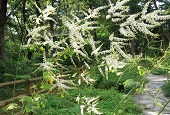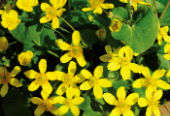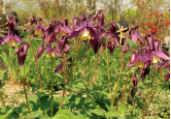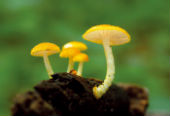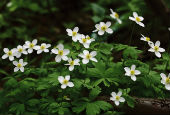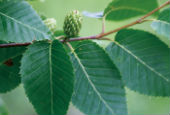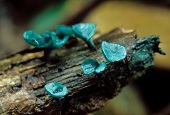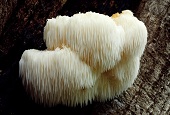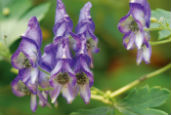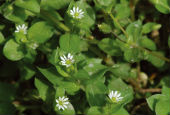View this article in another language
- 한국어
- English
- 日本語
- 中文
- العربية
- Español
- Français
- Deutsch
- Pусский
- Tiếng Việt
- Indonesian
Flora & Fauna of Korea #28
Korea.net publishes a series of articles, “Nature You Meet in the Mountains,” about the peninsula’s mushrooms, insects, trees and herbs & flowers.
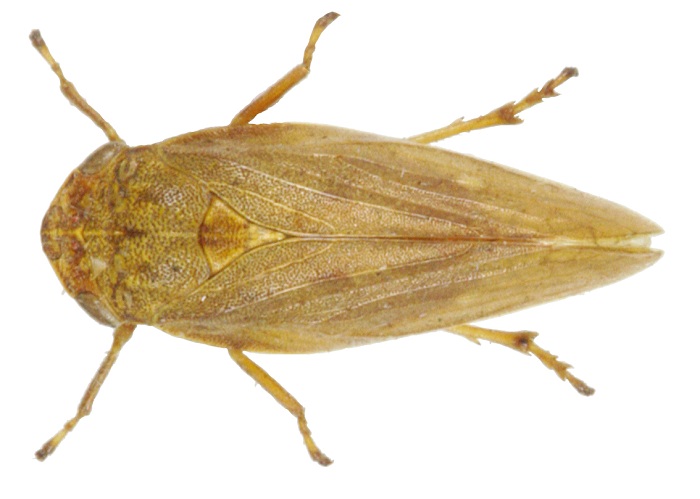
Insects
Name: 만주거품벌레, Manjugeopumbeolle
Scientific name: Aphrophora straminea Kato
Distribution: Korea, China
This spittlebug is about seven millimeters long, yellowish-brown and its back is dark brown. There are wrinkles on the sides of the top of the head. The face is a bit glossy and has a white pattern at the tip. The tip of the lips is dark brown. There are wrinkles and dot patterns on the back of the anterior thorax and longitudinal lines are deeply engraved along the middle section. The underside of the anterior thorax is dark brown. The legs are the same color as the body, but the tibia is yellowish-brown. The claws and the knuckles are dark brown while the abdomen is dark yellowish-brown.
Ecology: It inhabits mountains and can be seen from April to July. It produces a frost-like substance to hide itself from its enemies.
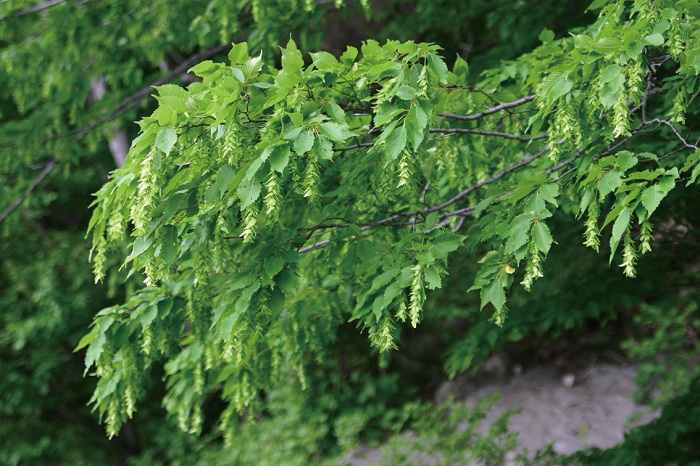
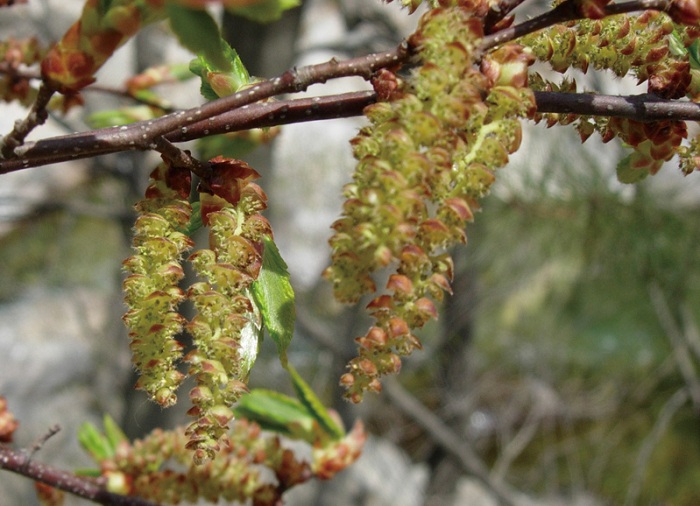
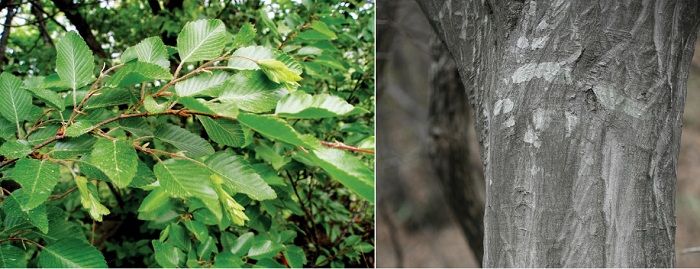
Trees
Name: 서어나무, Seoeonamu
Scientific name: Caprinus laxiflora (Siebold & Zucc.) Blume
Type: deciduous broadleaf shrub
Blooming season: April to May
Bearing season: October
Distribution: Gangwon Province, central and southern Hwanghe Province
This mountain tree grows to a height of 15 meters and can reach one meter in diameter. The bark is gray and rough. The leaves alternate and are shaped like an oval or an elongated oval. It has fine hairs along the veins. The monoecious tree gives bloom to a flower before the leaves grow. The male flower is characterized by its drooping catkins. It bears nuts whose leaf has a randomly arranged sawtooth pattern.
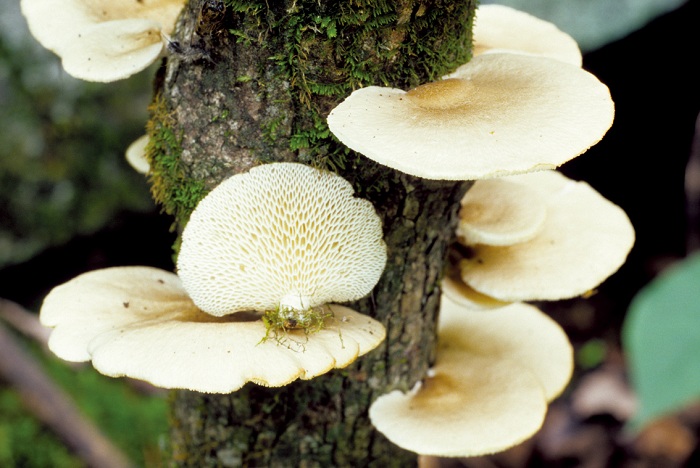
Mushrooms
Name: 벌집구멍장이버섯, Beoljip Gumeongjangi beoseot
Scientific name: Polyporus alveolaris (DC.) Bondartsev & Singer
Type: saprophile spore
Print: white
Inedible
This mushroom grows from old or fallen broadleaf trees. It causes white rot. The cap is about 2-6 centimeters around, 1-6 centimeters across, and 2-5 millimeters thick. The shape ranges from semi-circular to round. The surface is yellowish-brown and is covered in fine scales. It has no hairs. The tissue is white or cream-colored, 1-2 millimeters thick, soft and leathery. The underside poles are 1-3 millimeters deep, alveolate and are arranged randomly. It has short stalks that grow from the side.
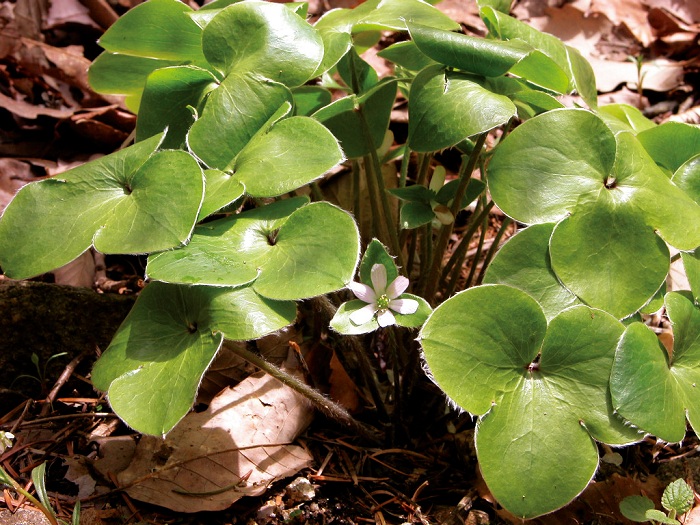
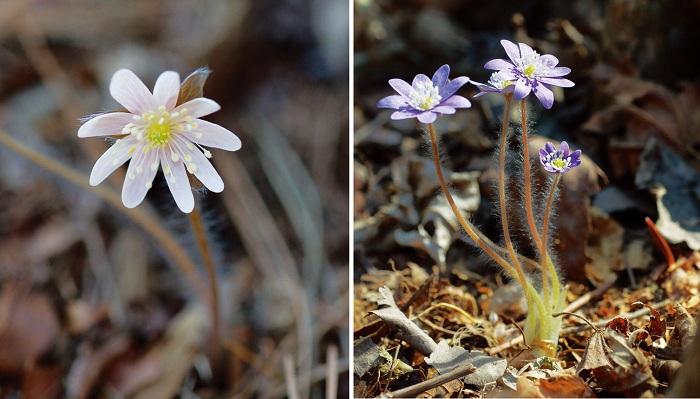
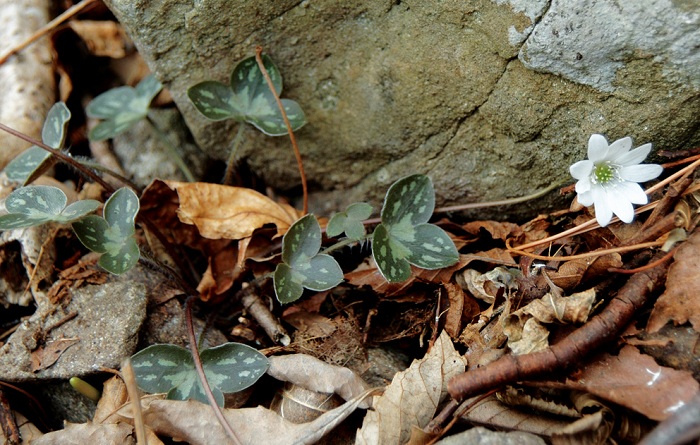
Herbs & Flowers
Name: 노루귀, Norugwi
Scientific name: Hepatica asiatica Nakai
Blooming season: March to April
Distribution: mountains nationwide
This herbaceous perennial grows to about 10 centimeters tall. The leaves are trifoliate with a round edge. The underside of the leaves is covered with white, downy hairs. The stipe is long. The flowers are white, pink and purple, blooming before the leaves grow. Both leaves and flowers emerge directly from the rhizome, not from the stem. It bears an achene fruit that has hair-like structures that can spread in the wind.
*This series of article about Korea’s insects, trees, mushrooms and herbs & flowers has been made possible through the cooperation of the Korea National Arboretum.
Korea.net publishes a series of articles, “Nature You Meet in the Mountains,” about the peninsula’s mushrooms, insects, trees and herbs & flowers.

Insects
Name: 만주거품벌레, Manjugeopumbeolle
Scientific name: Aphrophora straminea Kato
Distribution: Korea, China
This spittlebug is about seven millimeters long, yellowish-brown and its back is dark brown. There are wrinkles on the sides of the top of the head. The face is a bit glossy and has a white pattern at the tip. The tip of the lips is dark brown. There are wrinkles and dot patterns on the back of the anterior thorax and longitudinal lines are deeply engraved along the middle section. The underside of the anterior thorax is dark brown. The legs are the same color as the body, but the tibia is yellowish-brown. The claws and the knuckles are dark brown while the abdomen is dark yellowish-brown.
Ecology: It inhabits mountains and can be seen from April to July. It produces a frost-like substance to hide itself from its enemies.



Trees
Name: 서어나무, Seoeonamu
Scientific name: Caprinus laxiflora (Siebold & Zucc.) Blume
Type: deciduous broadleaf shrub
Blooming season: April to May
Bearing season: October
Distribution: Gangwon Province, central and southern Hwanghe Province
This mountain tree grows to a height of 15 meters and can reach one meter in diameter. The bark is gray and rough. The leaves alternate and are shaped like an oval or an elongated oval. It has fine hairs along the veins. The monoecious tree gives bloom to a flower before the leaves grow. The male flower is characterized by its drooping catkins. It bears nuts whose leaf has a randomly arranged sawtooth pattern.

Mushrooms
Name: 벌집구멍장이버섯, Beoljip Gumeongjangi beoseot
Scientific name: Polyporus alveolaris (DC.) Bondartsev & Singer
Type: saprophile spore
Print: white
Inedible
This mushroom grows from old or fallen broadleaf trees. It causes white rot. The cap is about 2-6 centimeters around, 1-6 centimeters across, and 2-5 millimeters thick. The shape ranges from semi-circular to round. The surface is yellowish-brown and is covered in fine scales. It has no hairs. The tissue is white or cream-colored, 1-2 millimeters thick, soft and leathery. The underside poles are 1-3 millimeters deep, alveolate and are arranged randomly. It has short stalks that grow from the side.



Herbs & Flowers
Name: 노루귀, Norugwi
Scientific name: Hepatica asiatica Nakai
Blooming season: March to April
Distribution: mountains nationwide
This herbaceous perennial grows to about 10 centimeters tall. The leaves are trifoliate with a round edge. The underside of the leaves is covered with white, downy hairs. The stipe is long. The flowers are white, pink and purple, blooming before the leaves grow. Both leaves and flowers emerge directly from the rhizome, not from the stem. It bears an achene fruit that has hair-like structures that can spread in the wind.
*This series of article about Korea’s insects, trees, mushrooms and herbs & flowers has been made possible through the cooperation of the Korea National Arboretum.
